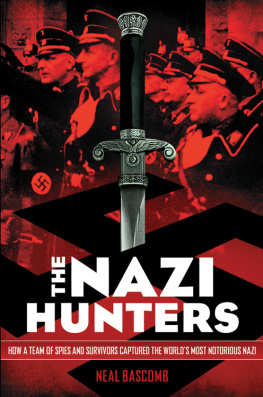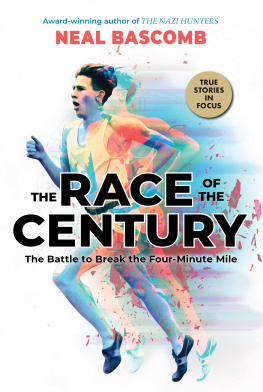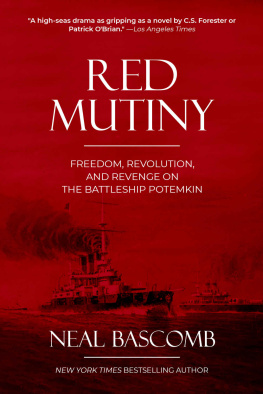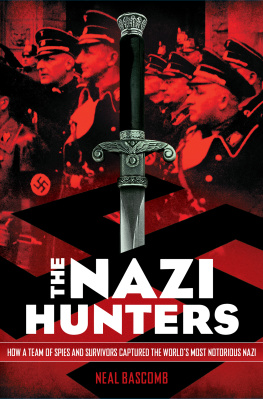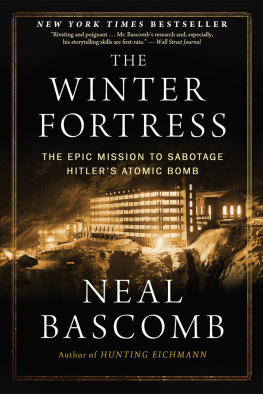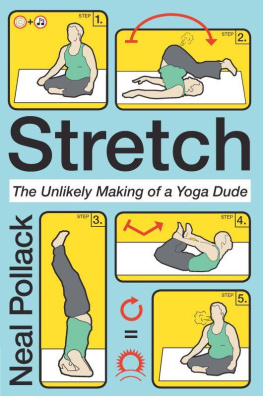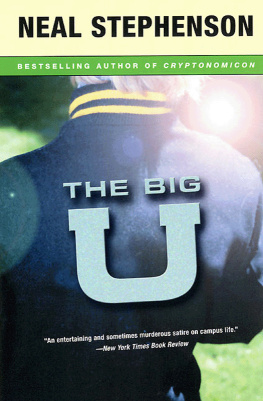Neal Bascomb - Higher: A Historic Race To The Sky and The Making of A City
Here you can read online Neal Bascomb - Higher: A Historic Race To The Sky and The Making of A City full text of the book (entire story) in english for free. Download pdf and epub, get meaning, cover and reviews about this ebook. year: 2003, publisher: Doubleday, genre: Detective and thriller. Description of the work, (preface) as well as reviews are available. Best literature library LitArk.com created for fans of good reading and offers a wide selection of genres:
Romance novel
Science fiction
Adventure
Detective
Science
History
Home and family
Prose
Art
Politics
Computer
Non-fiction
Religion
Business
Children
Humor
Choose a favorite category and find really read worthwhile books. Enjoy immersion in the world of imagination, feel the emotions of the characters or learn something new for yourself, make an fascinating discovery.

- Book:Higher: A Historic Race To The Sky and The Making of A City
- Author:
- Publisher:Doubleday
- Genre:
- Year:2003
- Rating:4 / 5
- Favourites:Add to favourites
- Your mark:
- 80
- 1
- 2
- 3
- 4
- 5
Higher: A Historic Race To The Sky and The Making of A City: summary, description and annotation
We offer to read an annotation, description, summary or preface (depends on what the author of the book "Higher: A Historic Race To The Sky and The Making of A City" wrote himself). If you haven't found the necessary information about the book — write in the comments, we will try to find it.
Neal Bascomb: author's other books
Who wrote Higher: A Historic Race To The Sky and The Making of A City? Find out the surname, the name of the author of the book and a list of all author's works by series.
Higher: A Historic Race To The Sky and The Making of A City — read online for free the complete book (whole text) full work
Below is the text of the book, divided by pages. System saving the place of the last page read, allows you to conveniently read the book "Higher: A Historic Race To The Sky and The Making of A City" online for free, without having to search again every time where you left off. Put a bookmark, and you can go to the page where you finished reading at any time.
Font size:
Interval:
Bookmark:
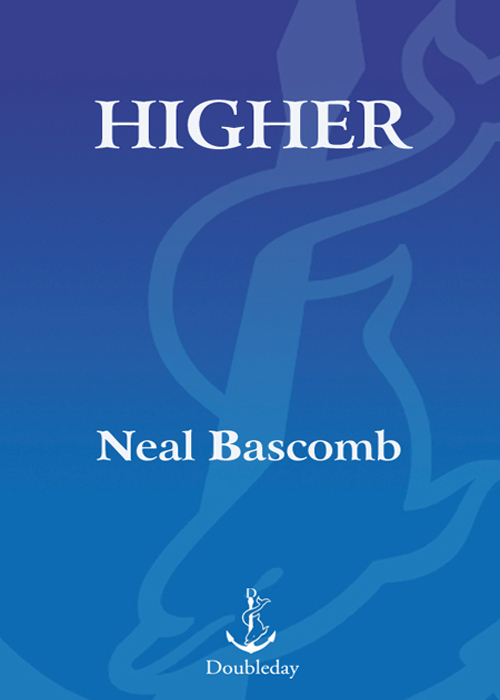
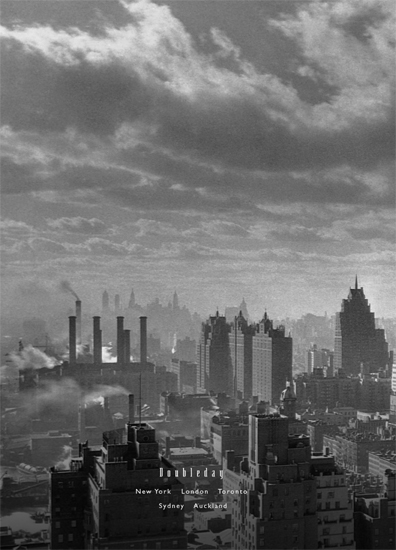
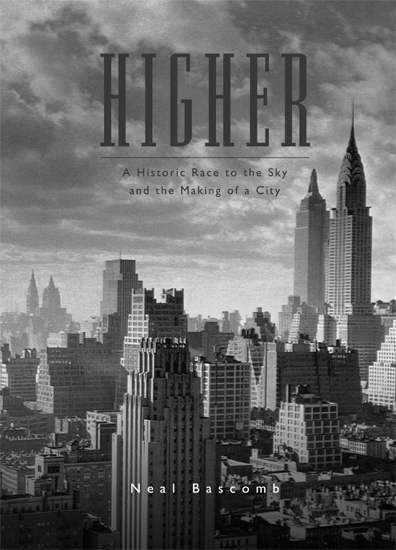
Contents
For My Parents
P R O L O G U E
The Soaring Twenties
What floor, please? said the elevator man.
Any floor, said Mr. In.
Top floor, said Mr. Out.
This is the top floor, said the elevator man.
Have another floor put on, said Mr. Out.
Higher, said Mr. In.
Heaven, said Mr. Out.
F. Scott Fitzgerald, May Day
L ike other racesto build the transcontinental railroad, discover the North Pole, scale Everest, or land on the moonthe race to build the tallest skyscraper in the world demanded sheer determination, deep pockets, terrific speed, unbridled ambition, grand publicity campaigns, and a dose of hubris. It began in 1924 with architects William Van Alen and Craig Severance, who had just passed into their partnerships tenth year. In the course of a few short months, a bitter rivalry would begin to take shapeone that would ultimately bring their celebrated union to an end and cause a much greater battle ahead.
In the winter of 192324, Severance & Van Alen, Architects, was riding a wave of critical and financial success. They had recently completed the Bainbridge Building on West Fifty-seventh Street, and a review was imminent in one of the leading journals, Architectural Record. This was the latest in a string of commissions the partnership had won for high-profile projects in New York, including the Prudence Building at 331 Madison Avenue and the Bar Building on West Forty-fourth Street, where the firm now had its offices. Their client list consisted of the most reputable names in the city, including the Standard Oil Company of New York, the Title Guarantee & Trust Company, and E. E. Smathers, Esq. Scores of draftsmen worked in their factory, as large architectural practices were called at the time.
The two men went into business together when they were in their early thirties and were anxious to make their way in New York. Both had struggled for years in the same kind of draftsmen factories that they now ran, where long hours and meager wages went hand-in-hand with T-square and tracing paper. In Van Alen, Severance found a talented designer who dazzled clients with his eye for style and form, not to mention his training at one of the most exclusive schools of the time, Pariss Ecole des Beaux-Arts. In Severance, Van Alen gained a charismatic partner who managed the business. What one lacked the other supplied. Leonardo da Vinci wrote that an arch is two weaknesses which together make a strength. So it was with their partnership.
This kind of balance between partners had given rise to many of the most famous firms, including McKim, Mead & White, Carrre & Hastings, Sullivan & Adler, and Burnham & Root. Affectionately called the steersman of the ship as William Mead was, or the plumber as John Carrre once said of his role in the firm, partners like Severance managed the firms staff, smoothed the ruffled feathers of the clients, oversaw the finances, and dealt with the less glamorous engineering elements, including heating, plumbing, and electrical details. Severances role, quite simply, was to keep the ship sailing and the big commissions coming.
Like Stanford White and Thomas Hastings, Van Alen was helpless when it came to business affairs, but he could draw brilliantly, and he distinguished his firm from the host of others through his inventive designs. With each passing year, Van Alens plans grew bolder. Breaking with tradition, he chopped off useless cornices from the tops of buildings and set windows flush with the wall. Architects in New York stopped by to see his designs. When Richard Haviland Smythe came by the J. M. Gidding store on Fifth Avenue, a writer asked the architect, Well, how do you like it? Smythe replied, How I dont like it is what you mean... Van Alens stuff is so darned clever that I dont know whether to admire it or hate it. Similar things were said of White and Hastings in their time.
As it turned out, however, this partnership between Van Alen and Severance was not immune to the perils that threaten many successful firms: petty jealousies, questions of direction, money, and who was really responsible for the firms success. For the two architects, both of whom enjoyed more than their share of ego, a rift eventually developed. The fact was they were very different men. Van Alen spent evenings at the Architectural League of New York, debating with his fellow architects, many of whom he had studied with in Paris. Severance went to the Metropolitan Club after a long day, passing his time with industrialists and financiers, men who could give him jobs. When Severance needed a drink, he often joked about his command of a language his partner spoke fluently: All my French is coming back to me... Entrez le boite! The differences that made the two effective as partners also diminished their chances of resolving the conflicts that arose between them.
By their tenth year, the architects had long since left behind the personal warmth that had characterized their early partnership, when they had spent weekends together in the country, and Van Alen had asked Severance to be the best man at his wedding. In 1923 they became embroiled in a lawsuit over their commission on the Hotel Empire on Sixty-third Street. The owners had cancelled their contract, complaining that the plans, for which Van Alen was responsible, had been consistently late. They lost out on more than half their fee.
Then the February 1924 issue of Architectural Record finally arrived with the review of the Bainbridge Building. The critic Leon Solon liked the building, praising the design as most satisfying and an imaginative reaction. He thought that it made a bold new step in design, particularly because of the faades light treatment, which revealed the buildings steel structure rather than hiding it behind some heavy masonry details. Solon concluded: In William Van Alens work we welcome the identification of design with structure after its long architectural dissociation. The problem with the review was that Van Alen was the only one praised. It mentioned Severance only as a name on the partnerships letterhead. One can appreciate the bitterness this engendered in Severance. After all, Bainbridge Colby, the former secretary of state under Wilson, was a personal friend, and short of this relationship the commission never would have happened.
Not only had Van Alen earned all the recognition for the building, but the review also established Severance & Van Alen, Architects, as a practice showing the greatest energy in shaking off the shackles of purposeless convention. As Raymond Hood, one of the decades leading architects, learned in the first days of his practice, clients often disdained innovation. The story went that Hood had submitted preliminary sketches for a bank commission he hoped to win in Providence, Rhode Island. Hood was known as somewhat of a rebellious and bold designer, and the bank president came back to him and said, Were going to ask McKim, Mead & White to do it.
But you cant, said Hood. Those men are dead.... If its an old firm name you want, Ill give you one. How about Praxiteles, Michelangelo & Hood?
Many big-spending clients whom Severance sought and wooed were like Hoods banker. They closed the door on firms that strayed too far from classical tenets. Severance decided he didnt need a partner who upset convention. He could just as easily hire talented designers who would follow his lead, and keep all the profits to himself. A few short months after the review, the partnership officially ended, and so did their friendship. Van Alen moved out of their office, never to return.
Next pageFont size:
Interval:
Bookmark:
Similar books «Higher: A Historic Race To The Sky and The Making of A City»
Look at similar books to Higher: A Historic Race To The Sky and The Making of A City. We have selected literature similar in name and meaning in the hope of providing readers with more options to find new, interesting, not yet read works.
Discussion, reviews of the book Higher: A Historic Race To The Sky and The Making of A City and just readers' own opinions. Leave your comments, write what you think about the work, its meaning or the main characters. Specify what exactly you liked and what you didn't like, and why you think so.


